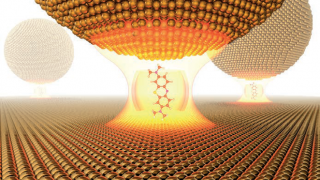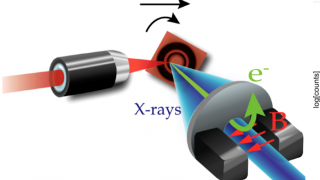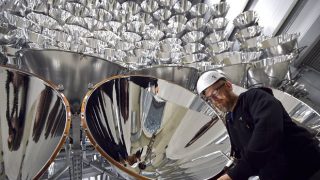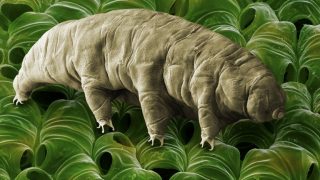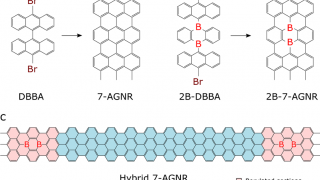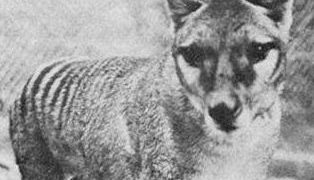
MI weekly selection #226
Reported sightings of Tasmanian tigers to be investigated Recent possible sightings have raised hopes that a marsupial known as the Tasmanian tiger, last seen more than 80 years ago, may not be extinct. Researchers with James Cook University in Australia are mounting a search, placing cameras in areas where there have been sightings in an […]
